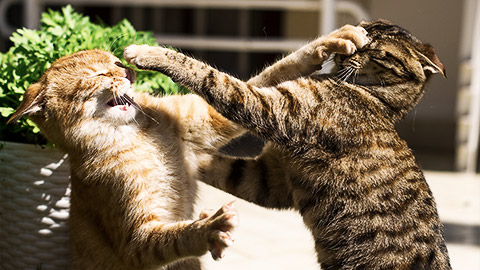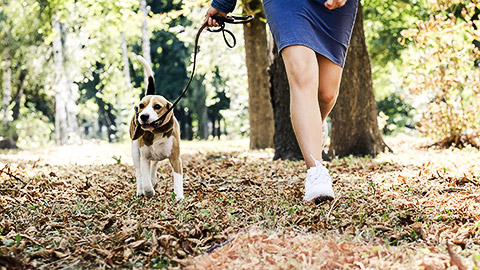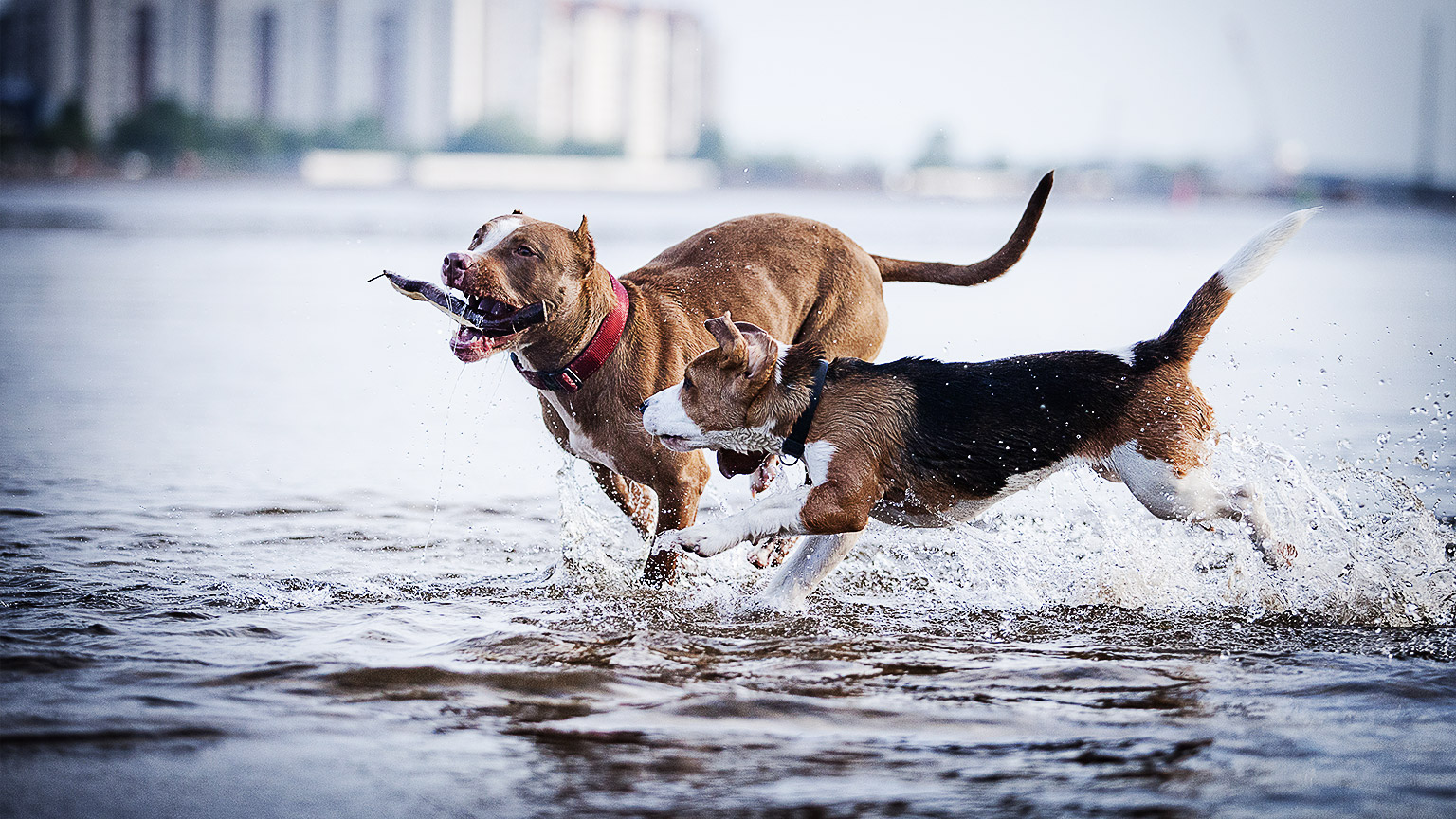What is enrichment?
The term 'enrichment' implies that there is an improvement in quality, but the word and the concept of environmental enrichment are often misused and are applied simply when changes are made to the environment, or when the environment is made more complex.
Such changes or increases in complexity do not necessarily involve any improvement in the quality of the environment for the animals and the animals' welfare. Indeed, some changes may actually decrease the quality for some animals.
You need to understand how a particular environment is impacting on the animal; you should also focus on the outcomes for the animal when making changes to their environment. Only if we can demonstrate that the change to the environment has improved that environment for the animal welfare, then you can say that environmental enrichment has occurred, and that the welfare of the animal has been improved.
It is important that when you are using any enrichment strategy within your facility that you are aware of or make sure that you research and assess the finding of the research as to any adverse consequences that may occur as a result of the enrichment strategy.
Enrichment gives animals something to think about, encourages exercise, and gives animals a degree of control of their environment by giving them choices. Basically, enrichment helps keep life interesting and challenging.
Enrichment strategies may include:
- Physical and psychological enrichment such as:
- Hiding food to encourage activity
- Long walks
- Brushing, patting etc…
- Social enrichment such as:
- Providing activities with other animals
- Sensory stimulation:
- Play music, audio books, T.V when not at home
- Provide scents in the area
Most species of animal will have different types of enrichment, so you first need to look at the animal and then (if required) research the types of enrichment suitable for the species. If you are uncertain, speak with your supervisor to get their ideas and make sure you check out the organisational policies and procedures. There may be specific enrichment procedures for animals handled in the facility.
Olfactory and gustatory enrichment
Olfactory enrichment is using the animal’s sense of smell and gustatory enrichment is using taste.
For both these types of enrichment you could use:
- Stuffed paper bag with various objects (food, straw, other animal smells)
- Piercing holes in tubes and adding food that can be grabbed or fall out
- Healthy treats hidden in straw and a box can entertain for hours
- Hanging Ice block
- Food or some other reward is placed in the box which encourages manipulation and play
- Scent-infused sacks are a simple form of olfactory enrichment

If you have implemented the enrichment procedure and it has had an adverse effect on an animal, you may need to alter it. Adverse consequences to enrichment strategies may include:
- Destruction of habitat
- Fighting between animals over access to enrichment items or activities leading to potential for injuries
- Impact on security of animals, staff and public of enrichment activity
- Life of enrichment item or activity compared to cost
- Over-stimulation of animal
- Refusal of animal to utilise enrichment items
- Self-mutilation or other signs of stress
If at any time you observe any adverse consequences to the enrichment strategy that has been put in place for an animal, it is important that you notify the appropriate person.
Once you have conducted an enrichment program, and the items are no longer being used, then those items that have been used for the enrichment program must be either:
- Cleaned
- Decontaminated
- Sterilised
- Disposed of
- Replaced
Any of the above actions must be done in accordance with your facilities policies and procedures, as well as any state or territories legislation and the Australian Veterinary Association guidelines.
What is the difference between cleaning, disinfecting and sterilising?
The differences between cleaning, disinfecting and sterilising include:
- Cleaning
- General removal of debris (dirt, food, faeces, blood, saliva and other body secretions)
- Reduces amount of organic matter that contributes to proliferation of bacteria and viruses
- Disinfection
- Removes most organisms present on surfaces that can cause infection or disease
- Sterilisation
- The killing or removal of all organisms

When an enrichment strategy program has been implemented it is important to observe any responses to the strategy and record and report, those observations.
The reason is so that any alteration in the behaviour of the animal may be recorded, and the source or reason for the response be noted. Once this has been recorded and reported, a revised strategy may be needed, especially if the response is a negative one and the response is undesirable behaviour. Then a new or revised strategy can then be implemented.
Any suggestion that you may have in regard to the modification of the enrichment program must be implemented and reviewed in consultation with your supervisor, manager and /or veterinarian. Any implemented modifications and reviews must be documented as per your facilities policies and procedures.
Formats for documenting short-term and long-term enrichment strategies
The format you use to document enrichment strategies will vary depending on your workplace. It may be:
- Written on a board located with the animal
- Documented in the animal’s chart
- Documented in the animals’ notes
Check your workplace policies and procedures to ensure you know the format used for the animals’ notes.
As part of your duties you may notice that there needs to be a change to the enrichment program, it is important that you notify the appropriate person and take notes of your suggestions in regard to those changes. Your suggestions for program modification may include:
- Changing diet
- Changing group dynamics by adding or removing other animals
- Consultation with behavioural specialist
- Consultation with veterinarian on the use of chemical therapy to assist animal's ability to deal with stressful situation
- Further education of owner or handler:
- To control their own responses to animal behaviour
- To identify triggers in animal behaviour
- To provide more effective leadership
- Increasing or decreasing amount and timing of stimulation offered to animal
- Providing different forms of enrichment
- Re-locate animal to more suitable environment
Once you have permission to modifications of the enrichment program you will need to implement these the document the final outcomes of enrichment activities.

